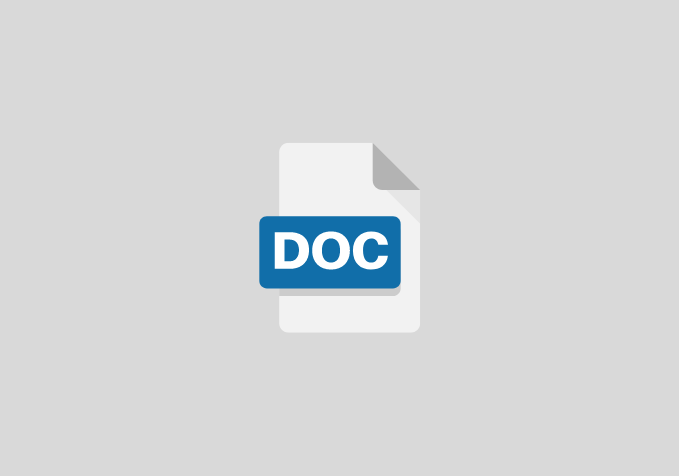A Proposal on the Role of Human Resources in Promoting Industrial Harmony in Nigeria
Chapter One
Objectives of the study
The following objective will be examined the role of human resource management in promoting industrial harmony in Nigeria Bottling Company Plc Kaduna.
The specific objectives are as follows::
- to evaluate the function of human resource in promoting industrial harmony in Nigeria Bottling Company Kaduna.
- To examine the relationship that exists between management and employees of Nigeria Bottling Company Plc Kaduna.
- To identify how human resource management in Nigeria Bottling Company Plc Kaduna influence key decision and polices as it affect employees and their union.
- To examine the constraint militating against human resource management from achieving industrial harmony in Nigeria Bottling Company Plc Kaduna.
CHAPTER TWO
LITERATURE REVIEW
Introduction
This chapter reviews related literatures on the subject matter in accordance with the objectives of the study. as such extract will be made from journals, past researches as well as selected text books that related to the subject matter. As such the literature will be segmented into the following sub themes:
The concept of Industrial Relations and human resource management
According to Paula (2009) in considering the relationship between HRM and IR, two central concerns are: in what way does HRM pose a challenge to IR and how can conflicts between the two if any, be reconciled so that they can complement each other? This section concerns itself with the first of these two issues. In considering the issue, it is necessary to identify the broad goals of each discipline, the goals of HRM have ready been identified in the previous section. It remains to consider some of the basic objectives of IR, which could be said to include the following:
- The efficient production of goods and services and, at the same time, determination of adequate terms and conditions of employment, in the interests of the employer, employees and society as a whole, through a consensus achieved through negotiation.
- The establishment of mechanisms for communication, consultation and cooperation in order to resolve workplace issues at enterprise and industry level, and to achieve through a tripartite process, consensus on labour policy at national level.
- Avoidance and settlement of disputes and differences between employers, employees and their representatives, where possible through negotiation and dispute settlement mechanisms.
- To provide protection where needed e.g in the areas of social security, safety and health, child labour etc.
- Establishment of stable and harmonious relations between employers and employees and their organizations, and between them and the State.
IR is essentially pluralistic in outlook, in that it covers not only the relations between employer and employee (the individual relations) but also the relations between employers and unions between them and the state (collective relations). IR theory, practice and institutions traditional focus more on the collective aspect of relations. This is evident from the central place occupied by labor law, freedom of association, collective bargaining, the right to strike, employee involvement practices which involve unions, trade unionism and so on. HRM deals with the management of human resources, rather than with the management of collective relations.
There is of course a certain measure of overlap. Individual grievance handling falls within the ambit of both disciplines, but dispute settlement of collective issues more properly falls within the scope of IR. Policies and practices relating to recruitment, selection, appraisal, training and motivation form a part of HRM. Team-building, communication and cooperation, though primarily HRM initiatives, have a collective aspect.
CHAPTER THREE
RESEARCH DESIGN AND METHODOLOGY
The researcher used descriptive research survey design in building up this project work. The choice of this research design was considered appropriate because of its advantages of identifying attributes of a large population from a group of individuals. The design was suitable for the study as the study sought to the role of human resource in promoting industrial harmony in Nigeria
CHAPTER FOUR
METHOD OF DATA ANALYSIS
The researcher will employ oral and direct interview in administering this research questions. Responses from the respondents were needed unlike questionnaires, which is less rewarding due to late receipt and loss of responses from respondents. The method of data analysis that will be used by the researcher is the simple percentage. More so, percentage and degrees of the responses will also be used in the analysis. Here, the ratio of those whose responses were not in the affirmative will be found and conclusions will be drawn there upon. Representations of the level of responses will be made in tabular form.
References
- Akinwale E. J Abiodun, (1999). Human Resource Management (an overview), Lagos, Concept Publications Ltd.
- Bahamas Portal, (2003). Excessive Labour Activism, Florida.
- Bateman Thomas S and Snell Scott, – Management: Building Competitive Advantage, United States, Craig S. Beytien Publisher.
- Heatfield Susan N., (2003). The New Roles of the Human Resource Management.
- Imaha E. U. L., (2004).Industrial Democracy in the Third World, 2nd Edition, Enugu, Rhyce Kerex Publishers.
- Katz Harry C and Kocham Thomas, A.(2000). Collective Bargaining and Industrial Relations, United States, Craig S. Beytien Publisher.


